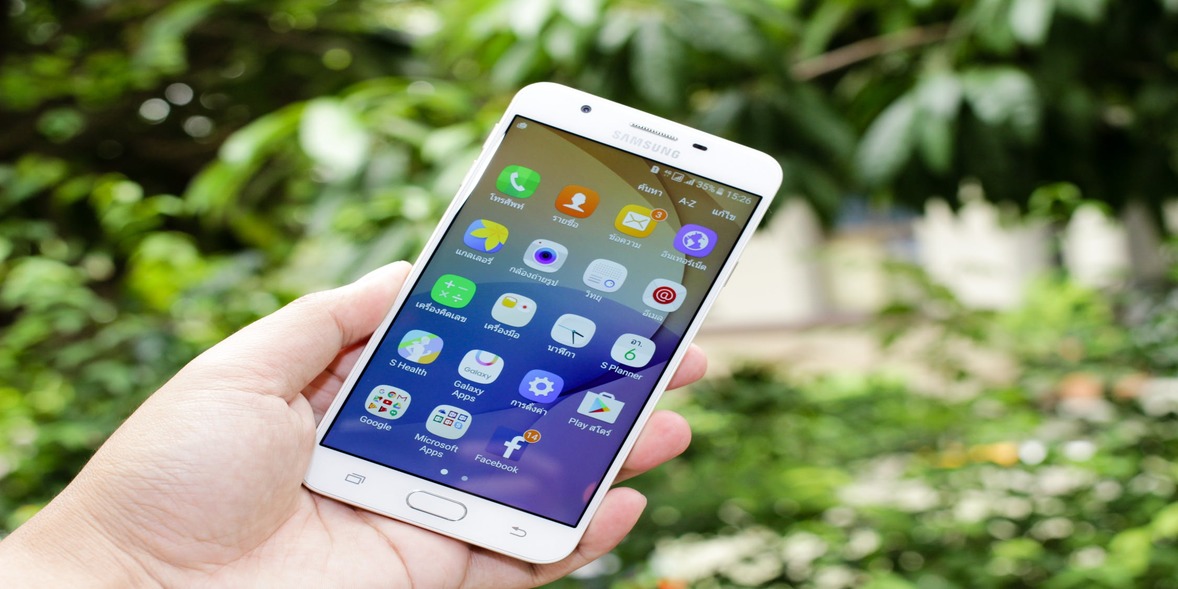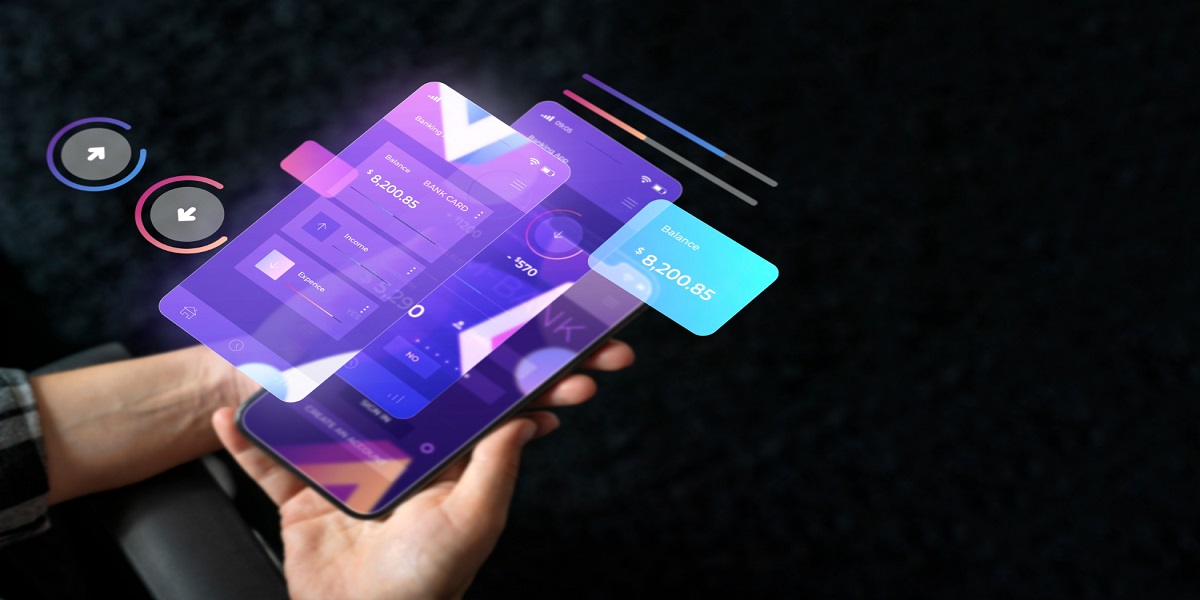
The Difference Between Internationalization And Localization Of An App
- By Jenna Tsui
- 30-12-2019
- Mobile Apps
Globalization is upon us — and nothing is more global than using apps to speak, collaborate or just have fun with people from other continents and walks of life. App culture is a big part of globalization. However, app developers need the right approach if they want their software to reach and retain a global audience.
Developers need to pay closer attention than ever to internationalization and localization and the differences between the two. Here’s what you need to know about each one.
What Is Internationalization?
It’s best to think of internationalization (also called "i18n") as a type of framework — or a set of best practices — that makes localization possible. It is a part of the application development and design process that makes it easier to later adopt the app for more than one audience. These adaptations include languages, typefaces, images and graphics, screen sizes and other variables. It also extends to cultural differences.
The challenge of internationalization for developers lies in writing code that supports the unique needs of every location the final product will reach. It also requires developers to take measures to keep the code separate from the content by using core binaries along with customized resource files. Doing so keeps the main functionality intact, even if a future regional expansion requires changes after the app hits the market.
International mobile app development is a study in modularity. It requires developers to design the software's constituent parts from the ground up for easy modification, addition or removal.
What Is Localization?
Localization (or "L10n") is the culmination of internationalization. It is the actual process of adapting an app for a new market.
Internationalization sets up localization experts for success. Then, during the localization process, developers modify the application product to meet the linguistic, stylistic and cultural requirements of a region or locale.
Some examples of localization include:
• Performing linguistic translations for the main application text and user interface
• Translating product copy for app store listings and support documents
• Adding or removing features that are required, or even prohibited, in the target market
If you want to understand why localization is so important on the world stage, some more specific examples may be in order.
Years ago, Electrolux — a Swedish company — launched a vacuum cleaner ad campaign targeted at American audiences. The campaign slogan was, “Nothing sucks like an Electrolux.” Some people debate whether this miscommunication was intentional.
If this play on words was deliberate, it’s a questionable use of puns at best. When it comes to household products, consumers want to feel confident about inviting something new into their homes.
Even if your mastery of puns and foreign languages is flawless, plenty can still go wrong during app localization. In-app purchases are the lifeblood of many companies, which means special attention must go into the app’s calls-to-action (CTAs).
Different languages take up more room than others. In this example, the French and German CTA phrases are cut off by the text box. When customers can't read the text or don't know what's expected of them, companies lose business.
What Should Companies and Developers Know?
Market segmentation is the overarching mission of internationalization and localization. Around 95% of new product launches in a given year are destined to fail — and a substantial portion of this failure is due to poor market segmentation.
Applications can be products unto themselves or act as extensions of other products. Thus, app developers are an integral part of successful market segmentation and localization. Here are some of the fundamentals for best market segmentation practices:
• Localization must include culture. Companies must take culture into account along with social flashpoints such as racial inclusion and gender discrimination. The “White Is Purity” campaign from German company Nivea and the “Treat your daughter for doing the washing up” campaign from the UK's Co-op Supermarkets are both grammatically correct. However, both are ill-timed and insensitive in many parts of the world.
• Auto-translate is not your friend. Google Translate and other services may seem convenient when translating in-app text. Unfortunately, they hardly ever deliver the accurate translations you’ll get from native speakers. Companies should work closely with representatives of the region they wish to target.
• Numbers, times and dates need attention too. It’s easy to forget the less obvious details. Even two countries that speak the same language, like Mexico and Spain, use different date-formatting paradigms (Anglo-style and European-style, respectively). To avoid confusion, Apple provides an API for iOS app development that makes it easy to correctly format dates during localization.
• Images and graphics don’t always translate well. Globalization has raised the cultural bar for marketers and developers in terms of graphic design. As an example, gestures and body language that are harmless in one locale may signify something inappropriate or disrespectful in another.
Hotels.com provides an example of best practices that combines several of the previously mentioned points:
First, the CTA button effortlessly resizes to accommodate the English and Japanese languages. The date format is also different in each one, which helps users minimize mistakes when inputting their information.
Developers and graphic designers should learn everything they can about the locales and cultures they’re helping to target. Don’t take anything for granted. It’s wise even to avoid certain common colors in some regions. For example, among the Japanese people, purple is thought to signify danger. Elsewhere, it’s associated with royalty.
Why Is This Important?
Internationalization and localization are so important today for two reasons. First, mobile computing platforms represented close to 49% of worldwide internet traffic in the second quarter of 2019. Second, around 90% of mobile computing occurs within apps rather than browsers.
Plus, although language is only one of the variables that requires developer attention during localization, it can still be a significant barrier to commercial success. In one survey, some 75% of consumers stated they prefer buying products from android app development company that communicate convincingly well in their own native tongue.
These factors make the mobile landscape vastly different from desktop and require mobile apps company to spend at least as much time designing their applications for internationalization as they do their landing pages and websites.
Internationalization and localization share the same goal but are two unique processes. Together, they describe a holistic approach to targeting a global audience. It’s a realm of design and development where, when things go well, you usually don’t hear about it. But a job done poorly will make waves for all the wrong reasons.
Recent blog
.jpg)
Flutter App Development Trends - What's New And Exciting!
Mobile App Development | 15-04-2024
How an Ecommerce App Development Company Works – a Complete Guide
E-commerce | 12-04-2024




